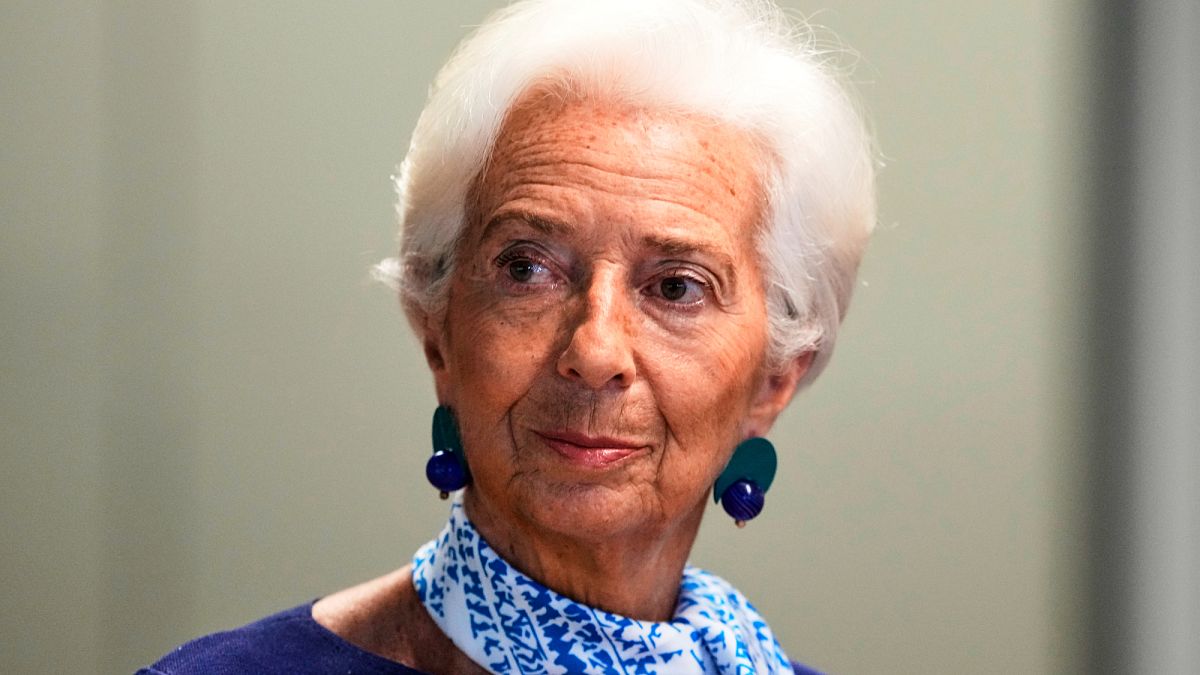

In a climate of evolving economic dynamics and global uncertainties, recent developments in Europe and Australia highlight a meticulous approach to addressing both immediate and long-term fiscal challenges. Key decisions from the European Central Bank (ECB), EU member states, and reactions from Australia underscore a measured strategy focusing on stability and future resilience.
The European Central Bank, under the steady leadership of Christine Lagarde, has opted to maintain interest rates, projecting confidence in a carefully calibrated monetary policy. This decision aligns with the ECB’s observance of inflation hitting a satisfactory 2% target, indicating a stable economic environment. Lagarde emphasizes caution and patience, acknowledging the various global risks that necessitate a thorough, data-driven approach to economic policy. This decision signals a period of reflection and preparation, ensuring that any adjustments made are both deliberate and data-informed.
Concurrently, the European Union’s proactive strategies to bolster its defense capabilities have been reinforced by the recent launch of the EU Commission’s defense loan scheme. Up to 20 member states have taken steps to secure €100 billion, with the deadline for formal applications approaching. This initiative not only aims to strengthen defense infrastructure but also promotes economic collaboration across member nations, reflecting a commitment to collective security and economic stability. The sense of urgency aligns with broader geopolitical shifts, encouraging member states to engage actively in fostering a more resilient and secure Europe.
Across the globe, Australia’s trade strategies are evolving amidst concerns over the potential ramifications of ongoing tariff disputes. Trade Minister Don Farrell is set to address these issues in a speech at the Lowy Institute, highlighting the risks of shifting towards a system heavily influenced by power and size. Farrell’s insights urge Australia to remain vigilant against such shifts, as they could carry enduring consequences for the nation’s economy. The minister’s foresight stresses the need to balance international relations and economic growth while maintaining robust, open trade systems.
The EU, meanwhile, faces its own challenges in trade negotiations with the United States. Recent discussions between the two economic powerhouses did not bring relief to the punitive 50% steel tariff imposed by the previous US administration. This impasse presents a significant setback for European steel exporters, who are contending with not only these tariffs but also elevated energy costs and stiff competition from cheaper imports, particularly from China. Despite these challenges, the EU remains committed to finding amicable solutions, advocating for fairness and mutual economic benefit.
These developments in Europe and Australia encapsulate a broader narrative of strategic adaptability. By maintaining a calm and considerate approach, both regions endeavor to navigate the complexities of modern economic landscapes effectively. The focus remains on nurturing stability, fostering international cooperation, and safeguarding economic growth, all while being mindful of the shifting global economy.
In embracing these disciplines, Europe and Australia exemplify how thoughtful policy-making can serve as a cornerstone for sustainable economic futures. The efforts to stabilize through ECB’s rate decisions, EU’s defense financing, and addressing trade tensions, collectively illustrate a harmonious blend of caution, collaboration, and resilience. As these regions continue to face global economic uncertainties, their steadfast commitment to prudent and forward-thinking strategies stands as a testament to their enduring economic agility and resolve.
Source: {link}
